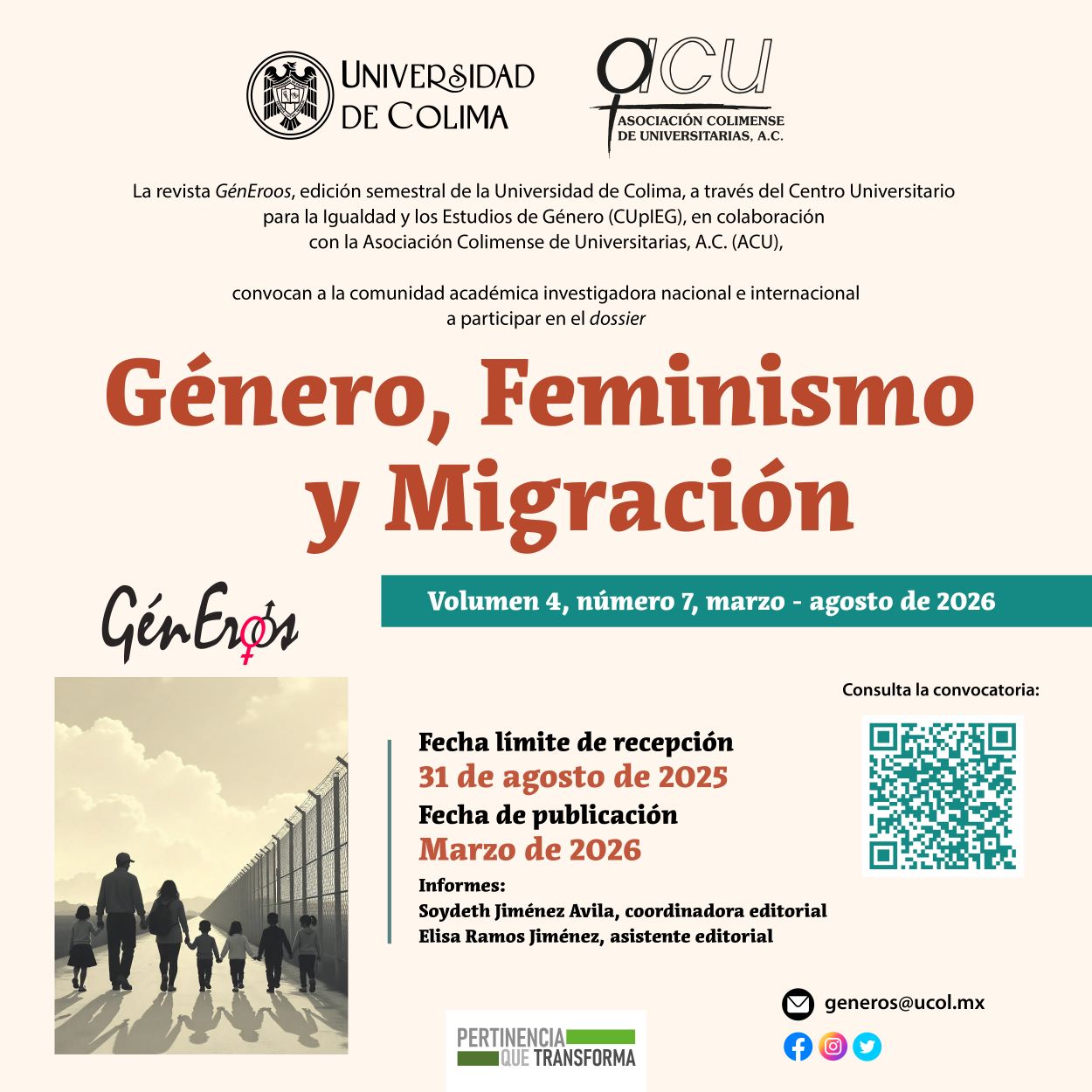Women’s movements in India: gender, equality and development (19th and 20th centuries)
Keywords:
India, gender, women's associationsAbstract
The first women’s associations in India started at the end of the 19th century and were contemporary to the associations that emerged in Europe. These early associations, among which were The Women´s Indian Association and The All India Women's Conference, although they had a strong elitist profile, focused their demands on promoting education and women’s suffrage. In the 20th century, on the contrary, associations arose that tried to get away from the european and american feminist movements, with which they felt no identification. These groups, established beginning in the 1970s, are formed by women of castes and poorer classes “the poorest of the poor”,such as the self-employed women’s group known as Sewa and the women’s movement known as Chipko.
Downloads
Metrics
References
Basu, Aparna y Bharati, Ray (1990). Women’s struggles: A history of All-India Women’s Conference, 1927-1990. New Delhi: Oxford University Press.
Forbes, Geraldine (1975).The ideals of indian womanhood: Six bengali women during the Independence Movement.En: Jon. R. McLane (ed),Bengal in the nineteenth and twentieth centuries. East Lansing: Michigan State University, pp. 59-74.
Forbes, Geraldine (1996). Women in modern india. Cambridge: Cambridge University Press.
Chatterjee, Partha (1996).Colonialismo, nacionalismo y mujeres colonizadas: el debate de la India. En: Arenal, 3:2, julio-diciembre, pp. 177-198. España.
Mohanty, C.T.(1991).Under western eyes: Feminist scholarship and colonial discourses. En: Mohanty, C.T., Russo, A., y Torres, L. Third world women and the politics of feminism. Bloomington and Indianapolis: Indiana University Press.
Ray,Raka (1999).Fields of protest. Women´s movements in India.Minneapolis: University of Minnesota Press.
Southard, Barbara (1993). Colonial politics and women’s rights: Women suffrage campaigns in Bengal, British India, in the 1920s. In: Modern Asian Studies, vol. 2, nº. 2, May, 397-439.
Spivak,G.Ch.(1988).Can the subalterns speak? In:Nelson,C . y Grosssberg,L. (eds.), Marxism and the interpretation of culture. Urbana, University of Illinois Press. Subramaniam, Mangala (2006). The power of women´s organizing, gender, caste and class in India. Oxford: Lexington Books.
Thapara, S. Suruchi (1999).The domestic sphere as a political site: A study of women in the Indian Nationalist Movement. In: Women’s International Forum, vol. 20, nº. 4, 493-504.
Weber,Thomas (1998). Huging the trees: the story of the Chipko movement. New Delhi: Viking.
Downloads
Published
How to Cite
Issue
Section
License
Copyright (c) 2023 GénEroos. Número 1, volumen 1, marzo-agosto 2023. Es una Publicación semestral coeditada por la Asociación Colimense de Universitarias A.C. y el Centro Universitario para la Igualdad y los Estudios de Género de la Universidad de Colima, Av. Universidad 333, Colonia Las Víboras, C.P. 28040, teléfono 312 316 11 46, https://revistasacademicas.ucol.mx/index.php/generos, generos@ucol.mx. Reserva de Derechos al Uso Exclusivo No. 04-2017-110313004200-102 (versión digital), otorgado por el Instituto Nacional del Derecho de Autor, ISSN electrónico en trámite. Fecha de última actualización: 18 de noviembre de 2022.

This work is licensed under a Creative Commons Attribution-NonCommercial-ShareAlike 4.0 International License.
GénEroos Magazine allows you to share, copy and redistribute the material in any medium or format; adapt, remix, transform and build upon the material, crediting the work appropriately and providing a link to the licence, indicating if changes have been made.


















